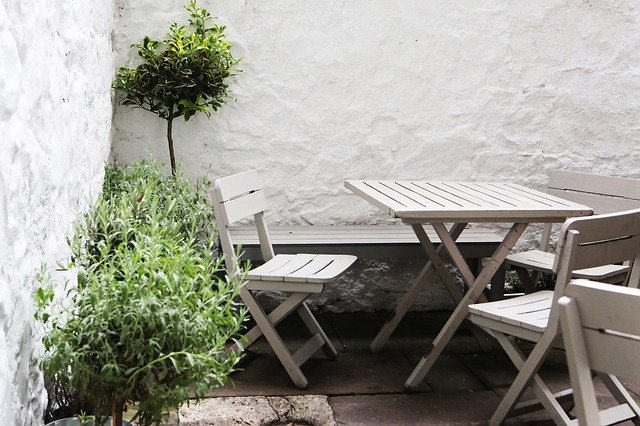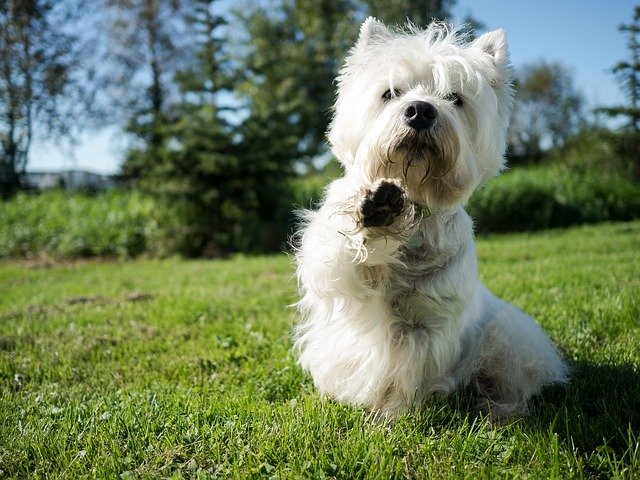How to Create a Low-Maintenance Yard
Sell Your
House Fast
-
Quick & Easy Cash Offer
-
No Agent = No Fees
-
No Expensive Repairs
-
We’ll Take It As-Is
One of the many factors that can help you sell your home fast is curb appeal. However, it is also true that maintaining a beautiful yard is challenging; It requires hard work and consistent maintenance which includes a whole list of tasks, from pruning, weeding, watering, to mowing, etc. These days, not everyone has the time and energy to spend hours doing yard work, which is why a low-maintenance outdoor space is a plus. In this article, we have rounded up easy tips you can use to create a low-maintenance yet beautiful yard.
1. Add outdoor lights. Outdoor lighting is often taken for granted. But really, well-placed outdoor lights can beautify your outdoor space because they highlight the interesting elements in your yard. Lighting can also illuminate walkways and driveways, preventing tripping accidents, and also acts as added security.
2. Extend your living space. While plants do add color and life to your exterior, your yard does not have to be all shrubs and flowers to look amazing. Consider adding a deck, patio, outdoor seating, dining area, outdoor kitchen, or a fire pit. These features do not only boost your curb appeal but also serve as functional spaces where you can entertain or relax, not to mention they don’t require watering, pruning, trimming, etc!

3. Select your plants carefully. Green spaces are beneficial to your health, the community, and the environment. However, bear in mind that smart plant selection is key to a successful yard. Native, drought-resistant, and perennial plants are the best choices for low-maintenance landscaping. Since native plants have long adapted to the climate in your local area, they do not require much maintenance to survive; they need less water, pesticides, fertilizer, etc. than the plants that were only introduced to the area. Additionally, select plants that are suited to your USDA Hardiness Zone and ones that do not need replacing each year. Anything that’s not recommended for your area may lead to frustration and failure, even after all the yard work.
4. Consider installing an automatic watering system. Investing in the right watering equipment for your yard will not only make your job easy but will also help you save water and money. An automatic irrigation system will ensure that your plants are getting just the right amount of water at the right time, and will make sure that the water goes to your plants and not to the sidewalk.
5. Grass is good, but mulch is better…at least when it comes to garden beds. Mulch, when used to surround your garden beds, helps prevent weed growth naturally and will then act as a fertilizer when it starts to break down.

6. Use rocks and stones as pavers. Rocks and stones do not need scrubbing or power washing, unlike concrete. In fact, you only need to sweep, rake, or pick up the dried leaves as necessary to keep it looking clean.
7. Plant a tree or two. There is a long list of reasons why you should plant trees. They’re good for the wildlife, decrease noise and air pollution, provide shade, help cut your energy costs, and so on. While, in general, trees do require pruning, bracing, trimming, etc., there are low-maintenance trees you can choose from. Properly selected trees can help you avoid spending hours on your precious weekends just to clear fallen leaves and blooms. Evergreens and standard shade trees are a great option.
8. Fake it. Dogs and grass are not exactly a match made in heaven. While it’s a beautiful sight to see your happy pup running around and playing on your lawn, your turf will eventually show signs of stress and damage. The answer? Artificial grass. Kids and pets can run around all they want without damaging your “turf.” Plus, artificial grass does not require watering, weeding, mowing, or fertilizing!

9. Don’t like artificial grass? Choose turf alternatives. Groundcovers are a great option for steep slopes or areas that are shady or difficult to mow. Additionally, consider reducing the area of your yard devoted to turf, and convert excess turf areas into plant beds with low maintenance needs instead.
10. Less is more. If you aim to have a low-maintenance and sustainable yard, simplicity is king. Design your landscape for easy care and sustainability. Add varying texture and colors by using carefully selected plants and hardscape. Avoid over planting and allow enough space for each plant to grow and thrive.
Eye-catching outdoor spaces do not have to be demanding to look their best. However, also remember that low maintenance does not necessarily mean no maintenance. With these tips, you don’t have to sacrifice your rest days to tackle all the yard work but still keep your outdoor space looking immaculate.
For more tips and updates, check out our other blog articles. And if you are ready to sell your home for cash or need expert advice from a professional, give us a call at 800-976-SOLD today!

